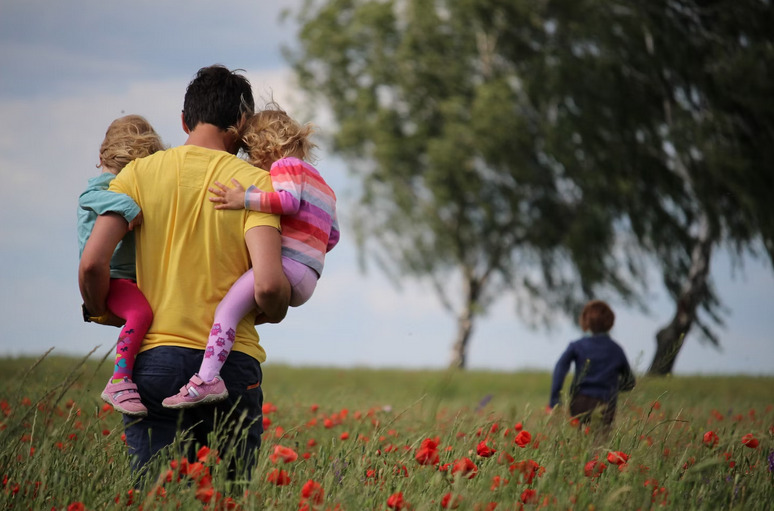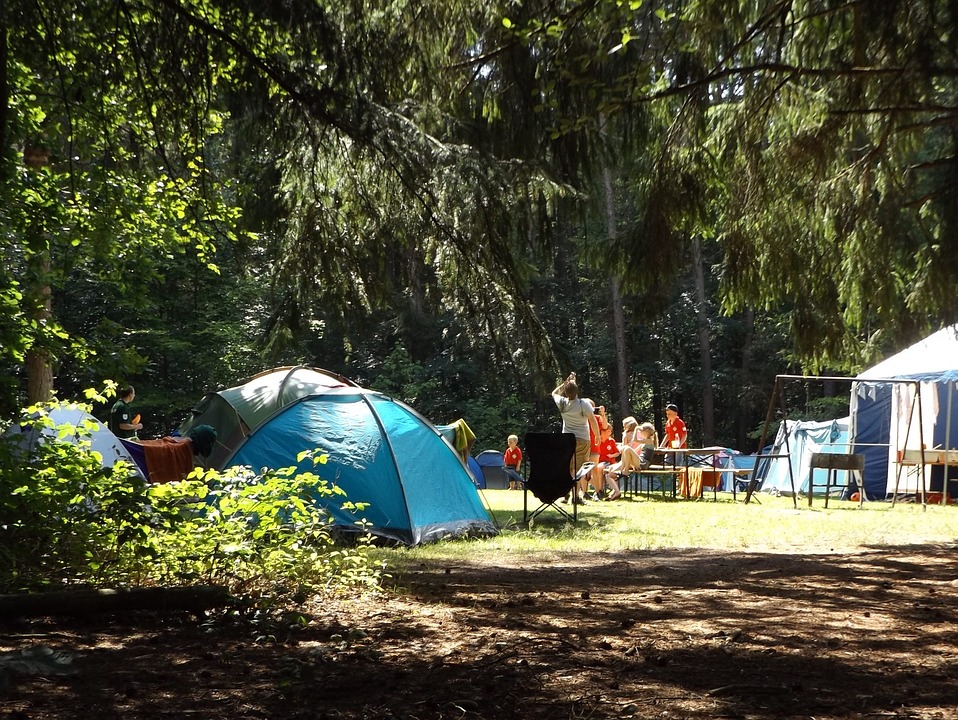Breaking Free: Overcoming the Stigma of Using Child Leashes

Child leashes, also known as safety harnesses, have long been a topic of controversy and debate. Designed to provide an extra layer of security for parents and guardians in crowded or potentially dangerous environments, they have often faced a significant amount of stigma. This essay aims to delve into the reasons behind this stigma and explore factors that can help overcome it, ultimately promoting a more open-minded and understanding approach to child leash. By challenging preconceived notions and shedding light on their practical benefits, we can foster an environment that prioritizes child safety without judgment.
Misconceptions and Stereotypes
One of the main factors contributing to the stigma surrounding child leashes is the prevalence of misconceptions and stereotypes. Many individuals view them as a sign of lazy parenting or negligence, assuming that parents who use leashes are not fully attentive to their children’s needs. However, it is crucial to recognize that parents who choose to use child leashes are often doing so out of concern for their child’s safety rather than a lack of care. By dispelling these misconceptions, we can encourage a more empathetic understanding of their purpose.
Safety and Peace of Mind
Child leashes provide an extra layer of protection in crowded places such as airports, malls, or amusement parks. They give children a sense of freedom to explore while ensuring that parents can quickly respond if a potentially hazardous situation arises. This added peace of mind not only allows children to develop their independence safely but also enables parents to focus on their child’s well-being without constant anxiety.
Inclusive Parenting

Promoting inclusivity in parenting styles is crucial for building a supportive community. Every child is unique, and what works for one family may not work for another. By acknowledging that child leashes can be a valuable tool for some families, we move away from judgment and embrace diversity in parenting choices. Respecting and supporting each parent’s decision regarding their child’s safety fosters a more inclusive environment where everyone feels understood and accepted.
Encouraged Open Dialogue
To overcome the stigma of using child leashes, it is important to encourage open dialogue and discussion surrounding this topic. By creating safe spaces for parents to share their experiences, concerns, and reasons for utilizing child leashes, we foster understanding and empathy. Additionally, educating the public about the various situations in which child leashes might be necessary can help dispel misconceptions and promote a more accepting attitude toward them.
By challenging misconceptions, emphasizing safety benefits, promoting inclusive parenting, and encouraging open dialogue, we can begin to break free from the stigma surrounding the use of child leashes.…



